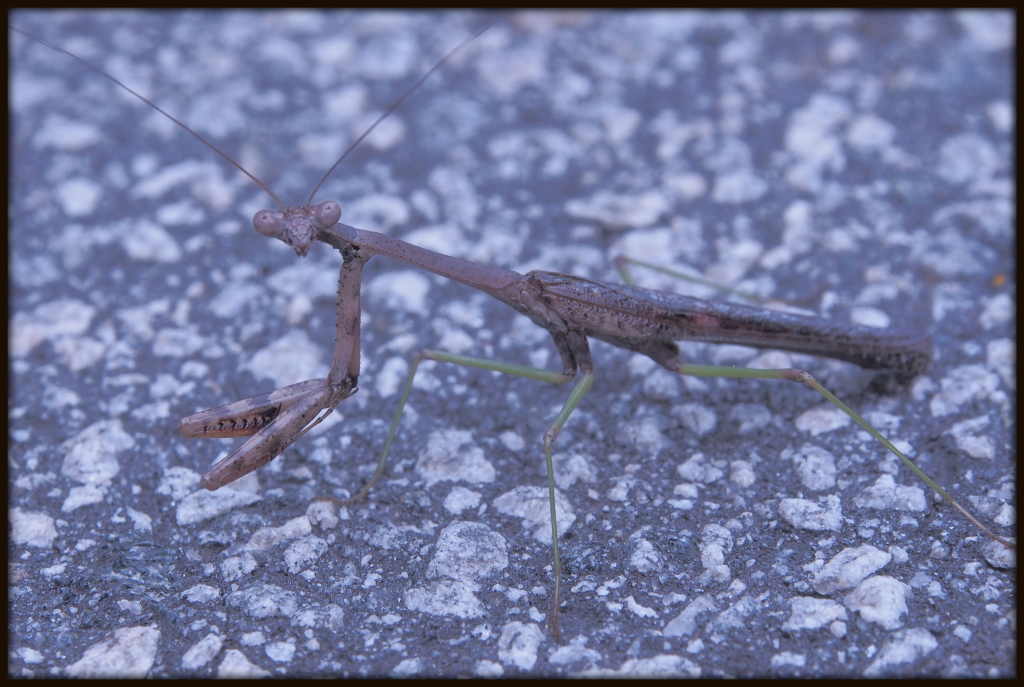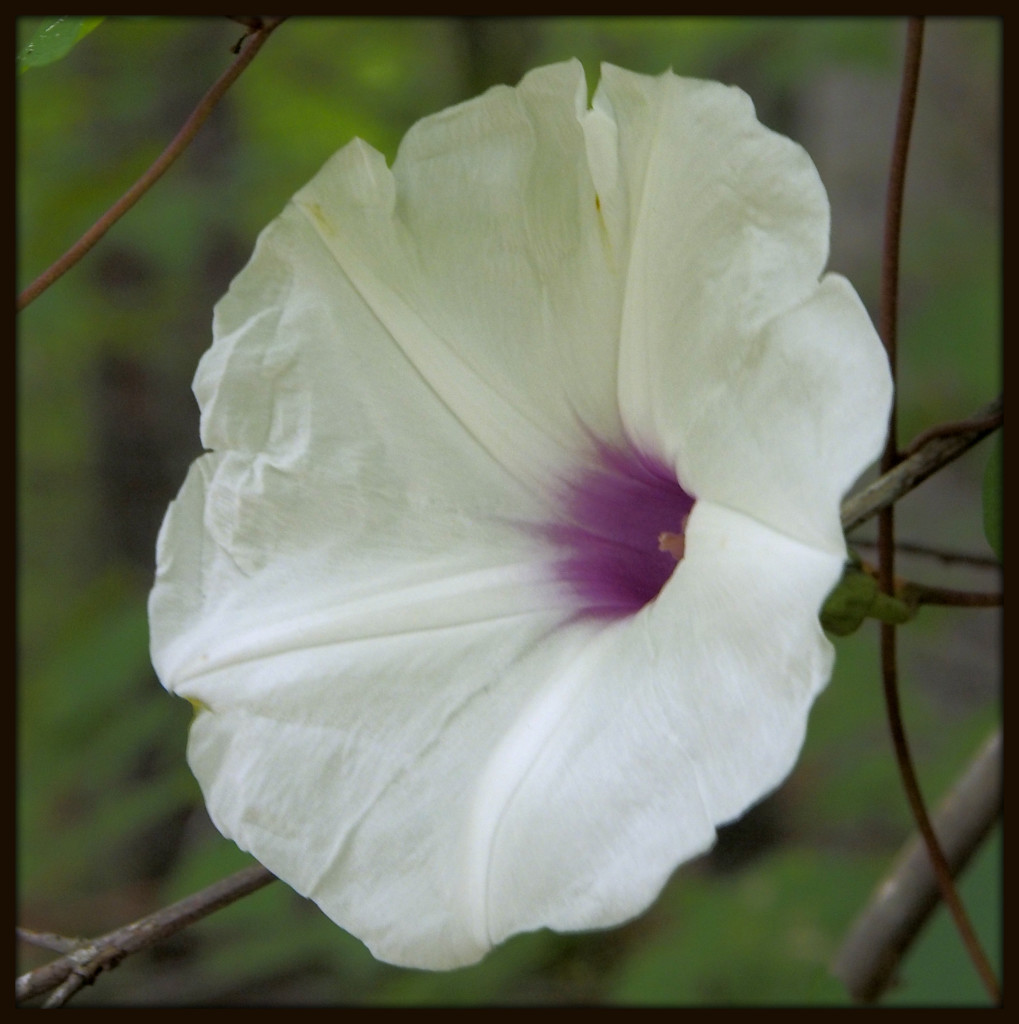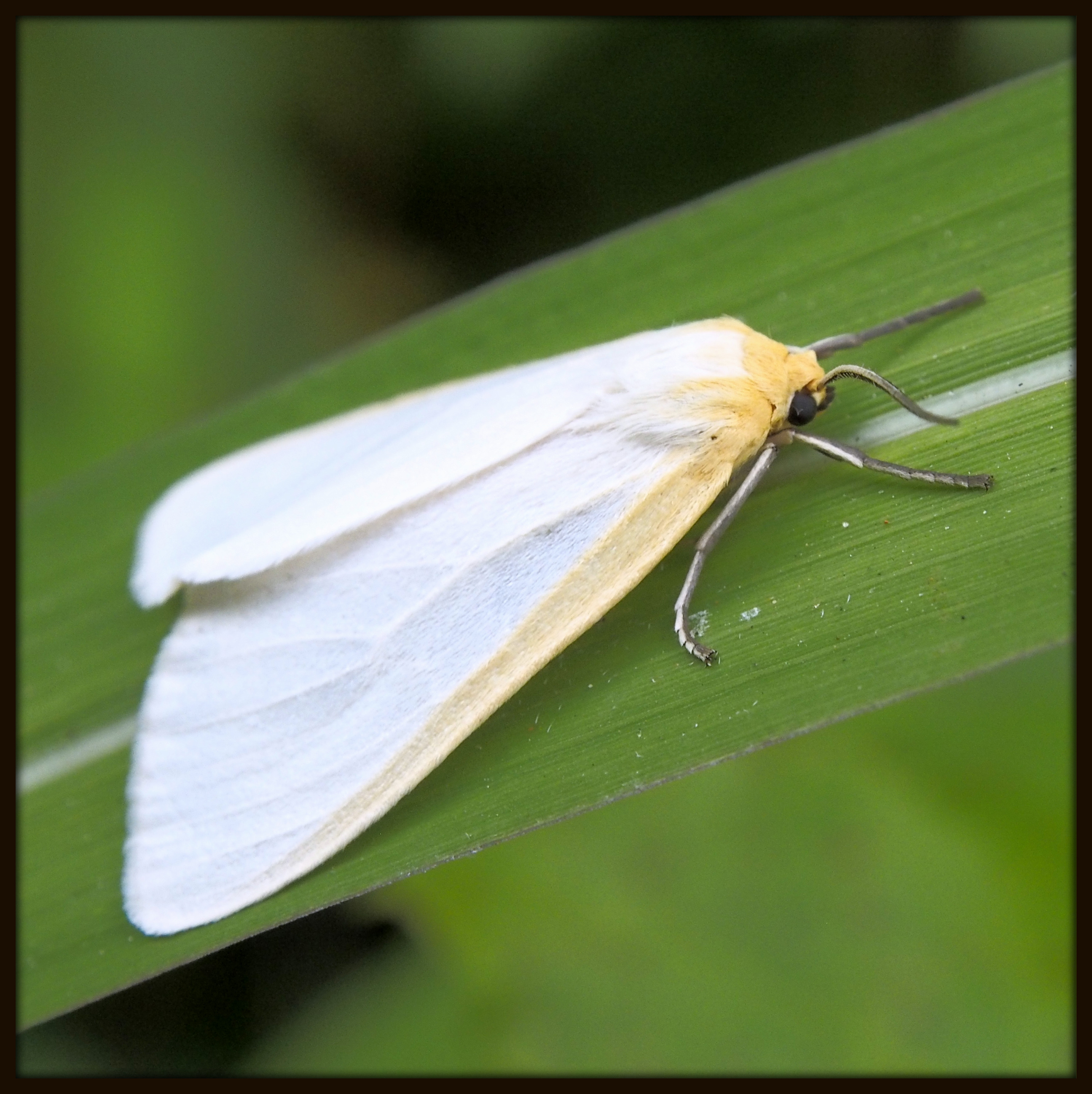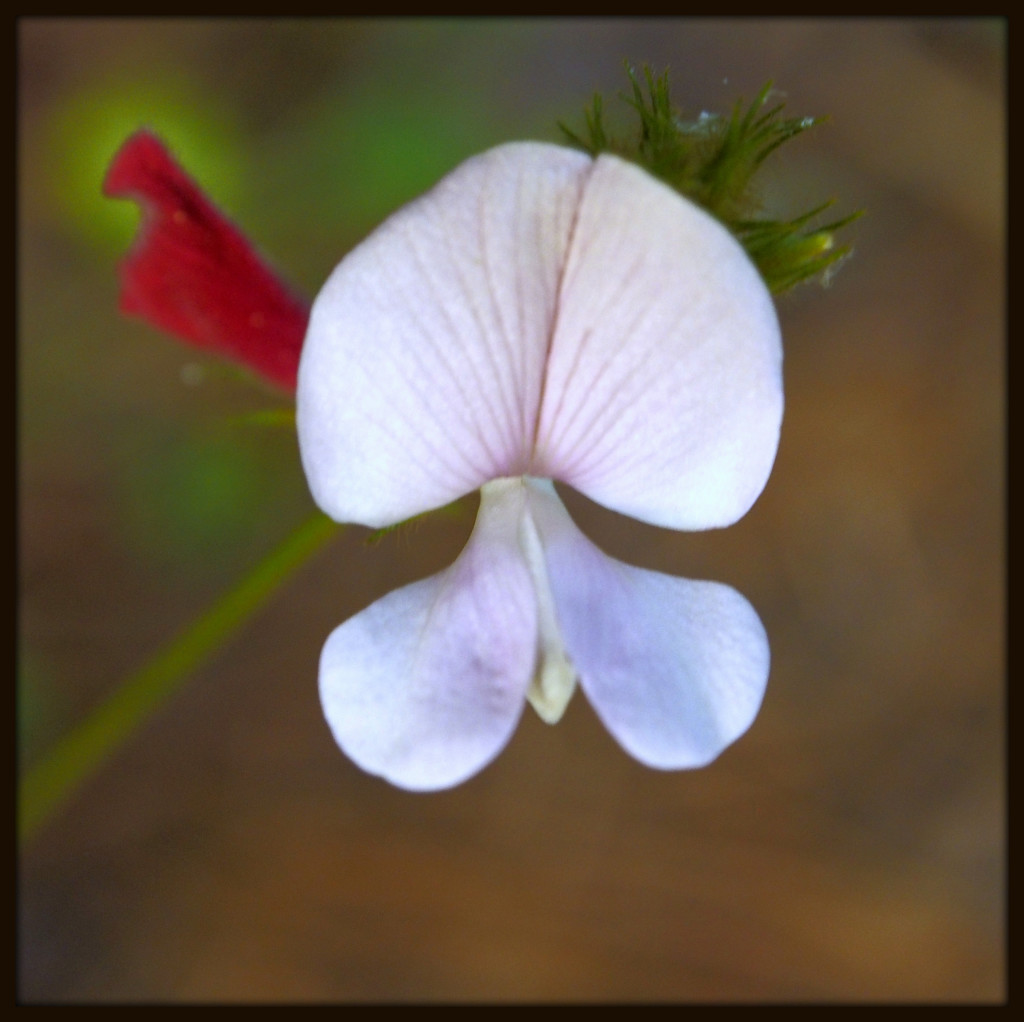Late this afternoon, as I was walking along the asphalt edge of Rico Rd., I noticed what I thought at first was a leaf that had fallen out of the trees in the wind and landed near my feet on the road surface. I glanced closer, and noticed that this leaf had legs! I took several photographs of this charming mantid on the roadway, probably wondering how it got there in the first place. Then I used some loblolly pine needles to herd the mantid gently across the asphalt and beyond the white line, to relative safety in the roadside grass.




